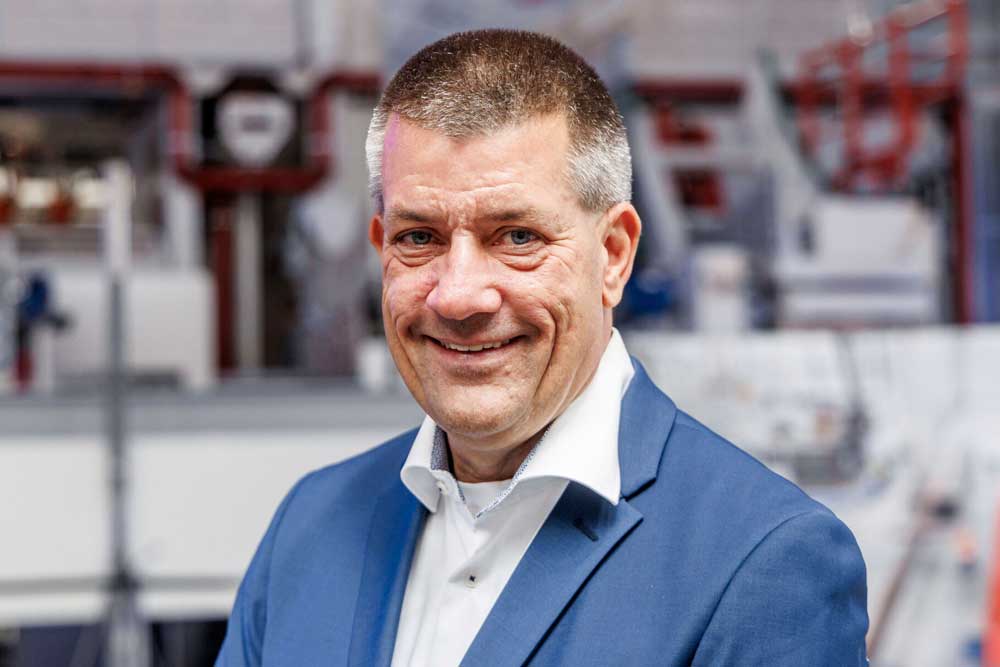In the fourth quarter of 2023, the CTA took the last diesel-powered container transporter (Automated Guided Vehicle – AGV) out of service.[ds_preview] From now on, the new AGV fleet will consist of 95 battery-electric vehicles powered by green electricity. This means that fossil fuels are no longer required for the entire container transportation from the ship to the container warehouse – the processes are fully electrified.
CTA saves around 8,000 tons ofCO2 emissions per year
By switching to battery-powered AGVs and the associated significant reduction in diesel consumption, around three million liters of diesel are saved at the terminal every year. This corresponds to around 8,000 tons ofCO2 emissions. “We are also continuing to invest in the electrification of equipment at HHLA’s other terminals in order to achieve climate-neutral production throughout the Group by 2040,” says Oliver Dux, Director of Technology at HHLA.
TÜV Nord has once again certified CTA as a climate-neutral company
In August, CTA was once again certified as a climate-neutral company by TÜV Nord, as the 14 container gantry cranes for waterside handling, the 52 gantry cranes in the container block storage facility and the four rail gantry cranes are already powered by green electricity. The use of battery-powered tractor units is also being tested at CTA. The aim is to fully electrify the tractor unit fleet in the future.
Offsetting the remainingCO2 emissions with compensation certificates
The last processes that still causeCO2 emissions today are offset by means of compensation certificates. HHLA uses these to support climate protection projects that are certified to the highest gold standard in accordance with Voluntary Emission Reduction (VER). The aim is to continue to consistently reduce the proportion of offsetting. To this end, HHLA is working with partners to develop technically innovative solutions.
Support from Hamburg environmental authority with EU funds
The conversion of the AGV fleet was supported by the Hamburg Ministry for the Environment, Climate, Energy and Agriculture with funds from the European Regional Development Fund (ERDF) as part of the “Energy transition in companies” funding program. The aim was to reduceCO2 emissions by increasing the use of fluctuating renewable energies and improving the efficiency of the energy supply.














